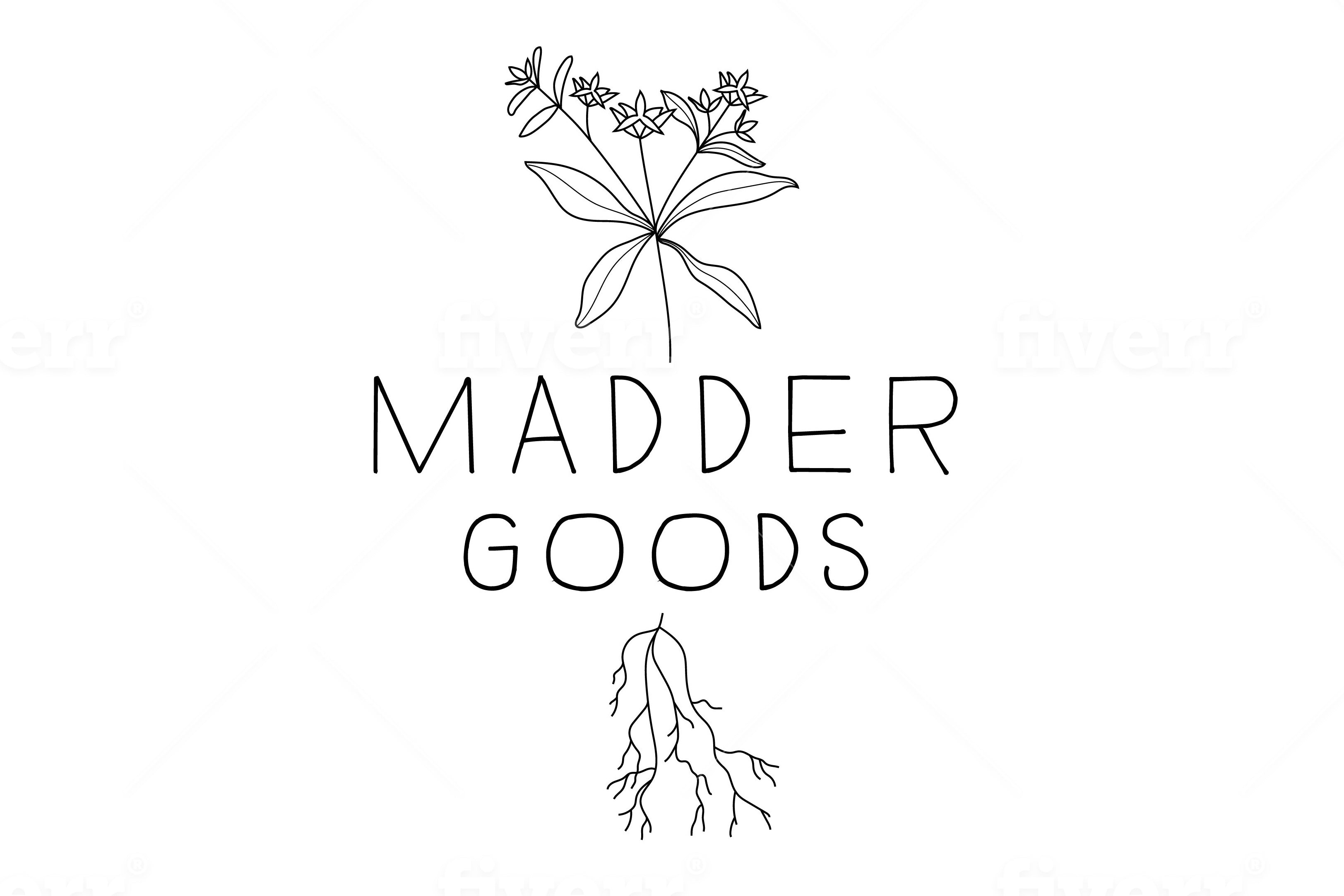The Madder Process
Step 1 - Select fiber: To get the best result from natural dyes it is best to choose a fiber that is made from natural materials. This could be a protein (silk, wool) based fiber or cellulose (cotton, linen, hemp) based.
Step 2 - Wash & Scour the fiber: A simple deep cleaning. Here we ensure all dirt, waxes, grease and chemical additives are removed. Removing these impurities will ensure that the fabric will bind with natural dyes more easily. Scouring helps the dye to adhere to the material thoroughly and uniformly, and ensures more saturated colors.
Step 3 - Mordant: In order to make the color last or colorfast this step is critical. The mordant process prepares the natural fibers to successfully attach to natural dyes. A mordant can be a naturally occurring, water-soluble metallic salt that bonds the dye to the fiber and acts as a binder.
Soy milk can also be used as a mordant for cellulose fibers, creating a protein like bond allowing it to bind to the dye.
Step 4 - Dye: Plant material and food waste is collected and/or harvested. Color is extracted and the fabric is soaked and dyed (usually on a stove top) Each color comes to life on the fabric.

1 comment
I would love to see a video on the process from beginning to end! I think this idea is so unique & awesome.